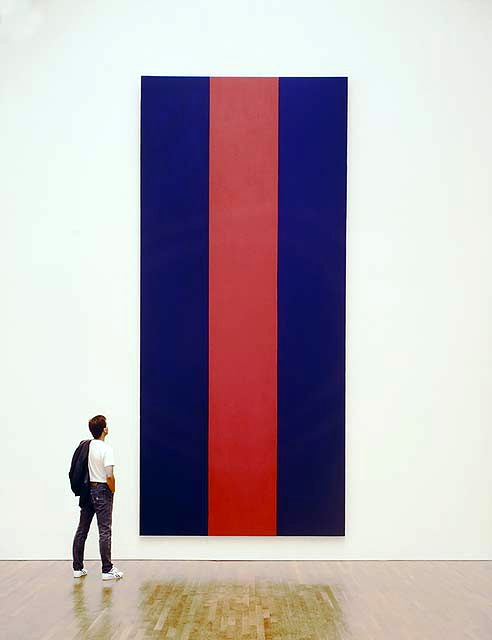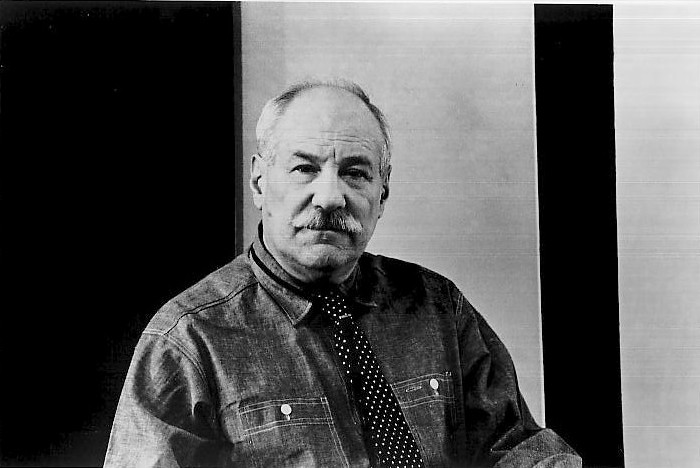Contribute
| South Asian Art - In Memory Of Prashant H. Fadia |
Minna Philips
09/03/2008
‘There is a secret bond between slowness and memory, between speed and forgetting. Consider this utterly commonplace situation: a man is walking down the street. At a certain moment, he tries to recall something, but the recollection escapes him. Automatically, he slows down. Meanwhile, a person who wants to forget a disagreeable incident he has just lived through starts unconsciously to speed up his pace, as if he were trying to distance himself from a thing still too close to him in time.’ - Milan Kundera, “Slownessâ€, 1995
Speed as we all know is relative. In this article, four different kinds of speed are examined- fast speed, slow speed, relative speed and abstract speed. An extremely fast speed like the motion of a jet plane cutting through the skies or that of a motorbike racing on the road can add a certain excitement to our experiences leaving us wanting for more. On the other hand, there is ‘slowness’- nonetheless, still motion- like the movement of the earth around the sun or the time it takes for sediments to form into rocks. Then again, there is the ‘experience’ of speed or movement, which is relative- like the ticking of a clock, that could be fast if one is scurrying to get a task done, or extremely slow in the case of boredom. Yet another category of speed is more abstract and philosophical, for example, the movement in a painting.
How does an artist represent motion or speed when a stroke of paint on the canvas represents more of stillness than motion? Let us take the paintings by Barnett Newman (1905-1970) for example. Son of Russian Jewish immigrants, Newman established himself as an artist after the Second World War and was not taken seriously until the latter part of his life. He is generally classified as an abstract expressionist for having done most of his works in the 1950’s, but was often overshadowed by his contemporaries like Jackson Pollock, Mark Rothko and so forth.
Newman’s paintings are often very large, some of them up to 7 feet by 17 feet in size. He uses bright colors or simply black and white and often uses flat painting techniques. The works are mostly geometric, yet Newman himself did not wish to categorize them as geometric. Geometry was to him, yet another totalizing idea that curbed man’s freedom and called for limitations. The lines in his works often vary, ranging from sharp edges to uneven contours.
To understand the category of motion or speed that is abstract, one has to also appreciate the concept of ‘place’. Note that Newman referred to the ‘scale’ of his paintings rather than their ‘size’. The difference between size and scale is understood in terms of the experience of the individual. ‘Size’ is something that is measurable, something that is generalized. A generalization almost always ignores the intricate details, the details that make individuals, individuals and create differences within a system. ‘Scale’ on the other hand is relative- it takes into consideration the individual experience. This is to say that when one stands in front of a painting by Newman, the relative scale of the painting to the individual, offers a very different experience to each individual. Thus no two individual experiences are the same. Newman sees the difference between size and scale as similar to the difference between ‘space’ and ‘place’, where space is a generalized experience and place is a specific experience of occupation. In other terms, a ‘place’ is where one experiences, one remembers, one lives as opposed to a ‘space’ where one merely exists. A place could be a favorite memory from your past or a special room that you occupied in your parent’s house.
In these instances of understanding the concept of ‘place’, the common thread is experience. And what is experience but something that we have undergone, something that is happening to us all the time, something in motion?
If experience is something in motion, can we see it or touch it? What we can do for certain is to feel it. And if one experiences a sense of place while viewing a Newman painting, one experiences this abstract sense of motion. Newman’s paintings are definitely works that need to be experienced in real time as opposed to viewing reproductions in the form of photographs or prints. They might just slow us down in our busy lives and remind us to stop and smell the roses every now and then.
You may also access this article through our web-site http://www.lokvani.com/


Barnett Newman